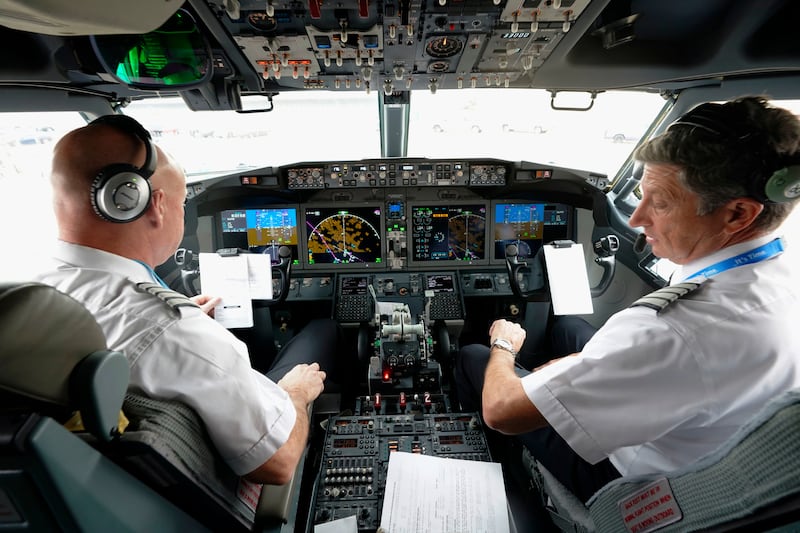The aviation industry will need to hire 1.3 million professionals by 2032 to keep pace with the anticipated growth of the commercial and private travel markets, Canadian aviation training company CAE has said.
The commercial aviation segment will need to recruit and train an estimated 1.18 million workers while business aviation needs to hire 106,000 people to fill vacancies arising from retirement, attrition and the expansion of the aviation industry, CAE said in its 2023 Aviation Talent Forecast report.
The forecast is a “call to action for the industry to promote careers in aviation to the next generation, reach out to underrepresented communities and develop innovative support programmes to expand the pool of talent needed for the continued growth and safety of our industry”, said Nick Leontidis, group president of CAE's civil aviation unit, said.
“As commercial aviation nears full recovery and business aviation exceeds pre-pandemic levels … the demand will continue to grow, and the industry will have to come together and find creative ways to ensure a steady pipeline of highly trained personnel for the next 10 years and beyond.”
The 10-year forecast comes as the global aviation industry faces a labour shortage in all areas of the business, from pilots to baggage handlers, ticket agents, flight attendants and aircraft mechanics.
Hiring has been a relatively slow process, compared with the pace of recovery in travel demand, after many aviation workers were laid off during the pandemic and moved into other occupations or more flexible work options.
The International Air Transport Association expects passenger traffic to recover to 2019 levels in 2024, with North America leading the pack in 2023, followed by Europe, Latin America and the Middle East in 2024, and Africa and the Asia-Pacific region in 2025.
Encouraged by the increased travel demand, airlines continue to invest in new aircraft and technology to ramp up their operations after the pandemic forced them to ground aircraft and retire older models.
The civil aviation industry overall will need 284,000 new pilots, 402,000 new technicians and 599,000 cabin crew over the next 10 years as the number of aircraft in service grows, according to CAE.
In the Middle East, the aviation industry will need to hire 129,000 new professionals, while Africa will require new talent of 29,000 by 2032, the report showed.
The Middle East's commercial aviation sector's demand is for 28,000 commercial pilots, 22,000 commercial maintenance technicians and 78,000 cabin crew in 10 years.
Business aviation talent demand amounts to 1,000 new workers, of which 450 will be pilots, CAE said.
Its forecast echoes a similar sentiment by Boeing concerning labour demand, which it outlined in its latest commercial market outlook.
About 2.3 million new aviation workers will be needed worldwide in the next 20 years, with 13 per cent of that global labour demand coming from the Middle East and Africa, the US plane maker said last week.
Globally, airlines will spend roughly $200 million on training and professional services over the next two decades to replace retiring personnel and support industry growth, Boeing said.
The Emirates Aviation University, part of Dubai's Emirates Group, last year said it recorded an increase in the number of applicants amid a rebound in air travel demand after countries reopened their borders to international visitors following the pandemic.
The institution received 2,981 applications for its undergraduate programme for the 2022-2023 academic year, exceeding pre-pandemic levels of 1,638 in 2019-2020, it said.







